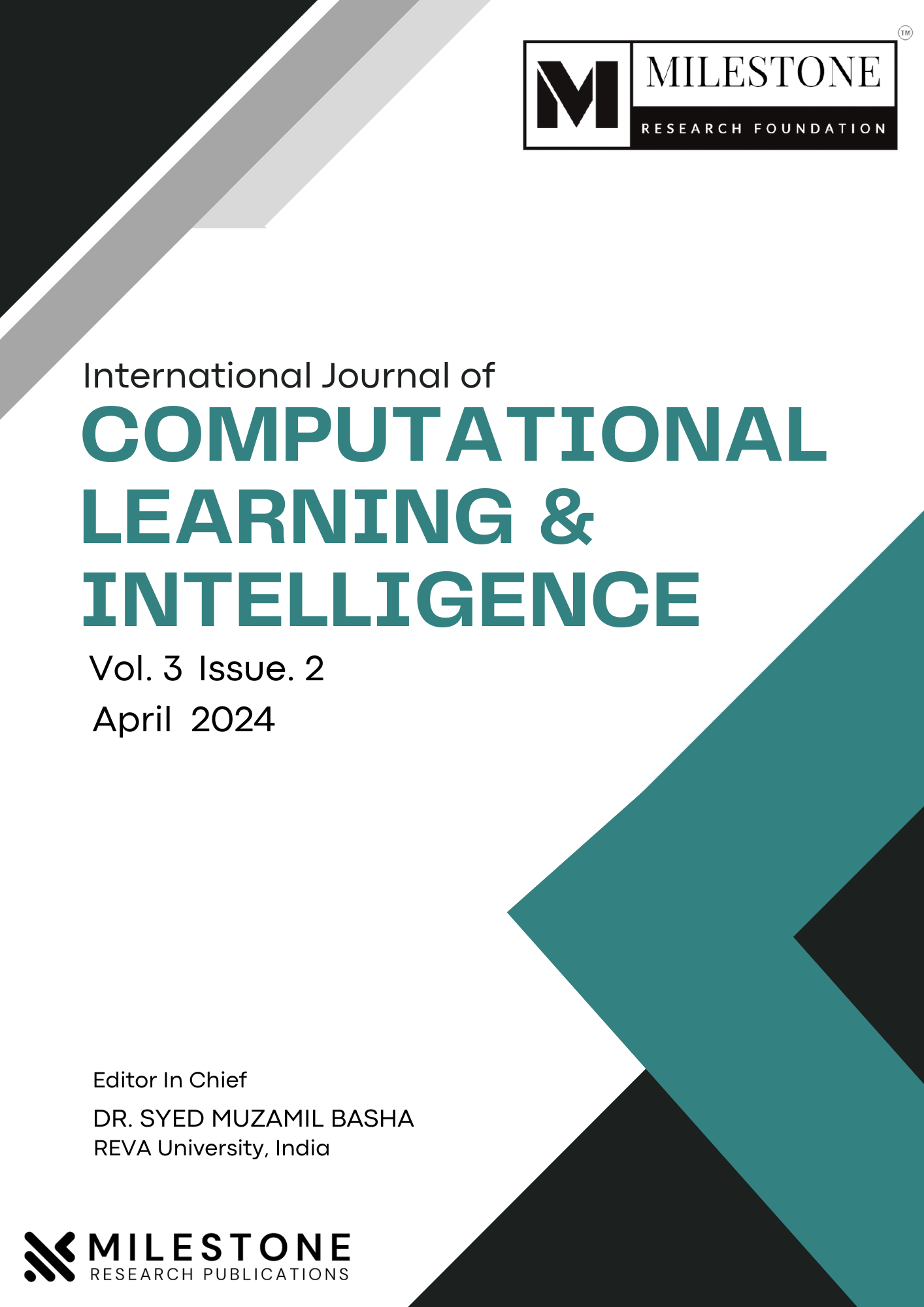Data Leakage and Detection
DOI:
https://doi.org/10.5281/zenodo.11065679Keywords:
Campus Network, Cisco Packet Tracer, Network Design, Quality of Service, Wireless Integration, Management and MonitoringAbstract
We study the following problem: A data distributor has given sensitive data to a set of supposedly trusted agents (third parties). Some of the data are leaked and found in an unauthorized place (e.g., on the web or somebody's laptop). The distributor must assess the likelihood that the leaked data came from one or more agents, as opposed to having been independently gathered by other means. We propose data allocation strategies (across the agents) that improve the probability of identifying leakages. These methods do not rely on alterations of the released data (e.g., watermarks). In some cases, we can also inject “realistic but fake” data records to further improve our chances of detecting leakage and identifying the guilty party “realistic but fake” data records to further improve our chances of detecting leakage and identifying the guilty party.
References
Papadimitriou, P., & Garcia-Molina, H. (2011). Data leakage detection. Knowledge and Data Engineering, IEEE Transactions on,23(1 ), 51-63.
Shabtai, A., Elovici, Y., & Rokach, L. (2012).A survey of data leakage detection and prevention solutions.
Ahmed, S. T., Kumar, V. V., & Kim, J. (2023). AITel: eHealth augmented-intelligence-based telemedicine resource recommendation framework for IoT devices in smart cities. IEEE Internet of Things Journal, 10(21), 18461-18468.
Sathiyamoorthi, V., Ilavarasi, A. K., Murugeswari, K., Ahmed, S. T., Devi, B. A., & Kalipindi, M. (2021). A deep convolutional neural network based computer aided diagnosis system for the prediction of Alzheimer's disease in MRI images. Measurement, 171, 108838.
Ahmed, S. T., Basha, S. M., Ramachandran, M., Daneshmand, M., & Gandomi, A. H. (2023). An edge-AI enabled autonomous connected ambulance route resource recommendation protocol (ACA-R3) for eHealth in smart cities. IEEE Internet of Things Journal.
Springer Science & Business Media. Wu, J., Zhou, J., Ma, J., Mei, S., & Ren, J. (2011).
In Intelligence Information Processing and Trusted Computing (IPTC), 2011 2nd International Symposium on(pp. 39-42). IEEE.
Downloads
Published
How to Cite
Issue
Section
License
Copyright (c) 2024 Prathik B K, Manovikyath L, Sandeep Y, Aryaman, Abhiram P

This work is licensed under a Creative Commons Attribution-NonCommercial-NoDerivatives 4.0 International License.
CC Attribution-NonCommercial-NoDerivatives 4.0





